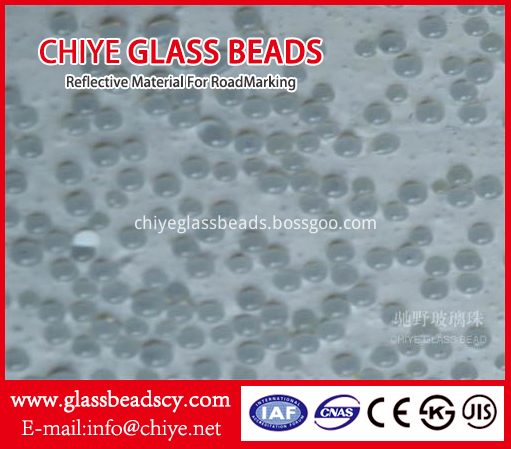How to identify the quality of ceramics : First of all, we need to know the difference between pottery and porcelain. The characteristic of the pottery is that the kiln temperature is relatively low. Therefore, the clay still maintains a relatively loose structure after sintering, and has a high water absorption rate, and the mechanical strength of the pottery is not so good, and it is easily broken. In order to improve the pottery, the ancestors developed a method of glazing by making the surface easy to clean and the structure more compact. When the glaze is fired in the kiln, it melts into a glassy state and evenly fills the voids on the surface of the pottery to form a dense protective layer. The quality of the porcelain is good, except for the tires below, which are mainly on the glaze. When selecting porcelain, we must pay attention to the quality of the glaze itself, in addition to the selection by snipering, observation and other methods. If the glaze is rough and there are a lot of trachoma, the quality of the glaze is not good, and there is a potential hidden danger of damage. Secondly, we often buy a variety of ceramic wares for glaze for aesthetic reasons. At this time, we need to distinguish the different types of glaze. The glaze can be realized by two methods: glaze color and glaze color, and the glaze color is exposed to the outside due to the heavy metal-rich colored glaze, which is not suitable for occasions where the diet may be in contact. The glaze color and the underglaze color can be determined by carefully observing the color distribution in the glaze layer. As the name suggests, the glaze and the underglaze respectively correspond to two different coloring methods. Although the colored glaze under the glaze color is separated from the outside by a layer of transparent enamel, there is still the possibility of heavy metal penetrating in the process of glazing and firing, especially in order to make the products colorful and clear. Excessive use of lead glaze during production. Therefore, the porcelain used for kitchen should be white as much as possible, so that the dissolution of heavy metals can be effectively avoided from the source. In addition, in the process of use, the colored part of the porcelain should avoid contact with acidic substances for a long time, and can be boiled with vinegar before use. Acetic acid can effectively remove heavy metals such as lead on the surface. In addition to these accidents, before we choose porcelain, we can also pay due attention to the results of the daily inspection of the daily use of ceramics and utensils by the AQSIQ.
These beads are coated with a special coating during the manufacture of the glass beads. In the rainy and foggy weather, the moisture can not easily adhere on the surface of glass beads, so the effection on reflectivity caused by bad weather will be reduced. The granulometry of this type glass beads is the same as non-coated glass beads.
The glass bead can be produced based on the standard of countries or areas, such as EN1423/1424, AASHTO M247, BS6088, JIS R3301 and KS L2521 etc.
Moisture Proof Glass Beads,Moisture Proof Glass Beads Road Marking,Reflective Moisture Proof Glass Beads,Moisture Proof Solid Glass Beads CHIYE GLASS BEAD (HEBEI) CO., LTD , http://www.chiyeglassbeads.com